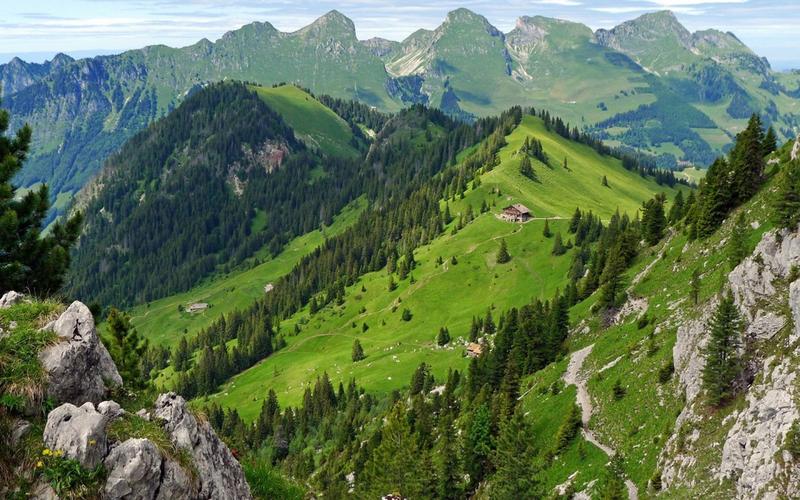Exploring the Rich Heritage of Mongolian Culture
Mongolia has a long and fascinating history, with a rich cultural heritage that is still celebrated and enjoyed today. From the ancient nomadic traditions of the steppe to the vibrant arts scene of modern-day Ulaanbaatar, there is a wealth of things to discover and explore in this captivating country.
In this article, we’ll take a closer look at some of the key elements that make up Mongolia’s unique cultural landscape, and explore some of the ways in which this heritage is being preserved and celebrated in the modern world.
The Nomadic Traditions of the Steppes
One of the defining features of Mongolian culture is its deep connection to the land and the ancient nomadic traditions of the steppe. For thousands of years, the Mongolian people have lived in harmony with the natural world, relying on their herds of horses, sheep, and goats to provide for their needs.
Today, many Mongolians still live a semi-nomadic lifestyle, moving with their animals between the summer and winter pastures in order to find the best grazing land. This way of life has shaped everything from the traditional songs and dances of the Mongolian people to the construction of their homes and the design of their clothing.
The Cultural Significance of the Horse
Central to Mongolian nomadic culture is the horse, which has been revered and valued for centuries. Mongolians place a great deal of importance on horsemanship, with children learning to ride from a very young age and many adults continuing to compete in traditional horse races and other equestrian events.
Horses are also an integral part of Mongolian religious and spiritual practices. Some of the most important ancient myths and legends of the Mongolian people involve horses, and there are many rituals and customs associated with the birth, death, and care of these magnificent animals.
The Music and Dance of Mongolia
Mongolian traditional music is a key element of the country’s cultural identity, with a range of different instruments and styles that have been passed down through the generations. Perhaps the most well-known of these is the morin khuur, or horsehead fiddle, which is often played during traditional celebrations and festivals.
Mongolian dance is also an important form of artistic expression, with a range of styles and traditions that reflect the diverse cultural influences that have shaped the country over the centuries. From the graceful moves of the shamanic Buryat dances to the energetic steps of the traditional Khoomii throat-singing style, there is something for everyone within the world of Mongolian dance.
Preserving and Sharing Mongolia’s Heritage
In recent years, there has been a growing recognition of the importance of preserving and sharing Mongolia’s unique cultural heritage. Many initiatives have been launched to protect ancient monuments, traditional crafts, and other aspects of traditional Mongolian culture.
One of the key institutions in this regard is the National Museum of Mongolia, which houses an extensive collection of historical artifacts and cultural treasures from across the country. The museum also hosts regular exhibitions, workshops, and educational programs aimed at introducing visitors to the rich heritage of Mongolia.
Conclusion
From the vast, windswept landscapes of the steppe to the vibrant cultural scene of Ulaanbaatar and beyond, Mongolia is a land of great diversity and cultural richness. Whether you’re interested in exploring the ancient traditions of the nomads or discovering the latest innovations in the arts and music of modern Mongolia, there is always something new and exciting to discover in this fascinating country.
(Note: Do you have knowledge or insights to share? Unlock new opportunities and expand your reach by joining our authors team. Click Registration to join us and share your expertise with our readers.)
Speech tips:
Please note that any statements involving politics will not be approved.
